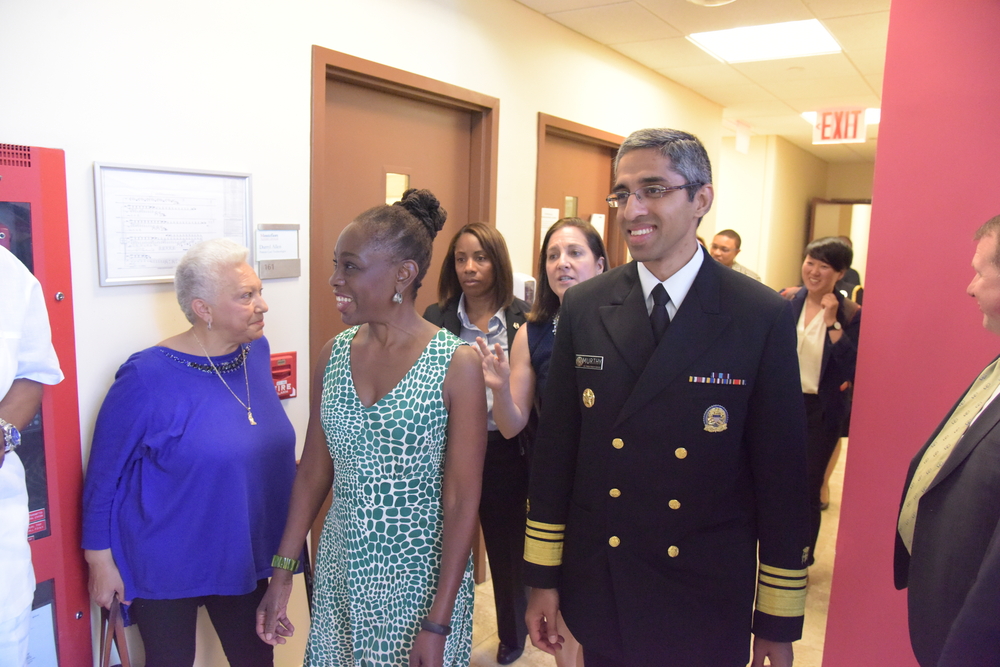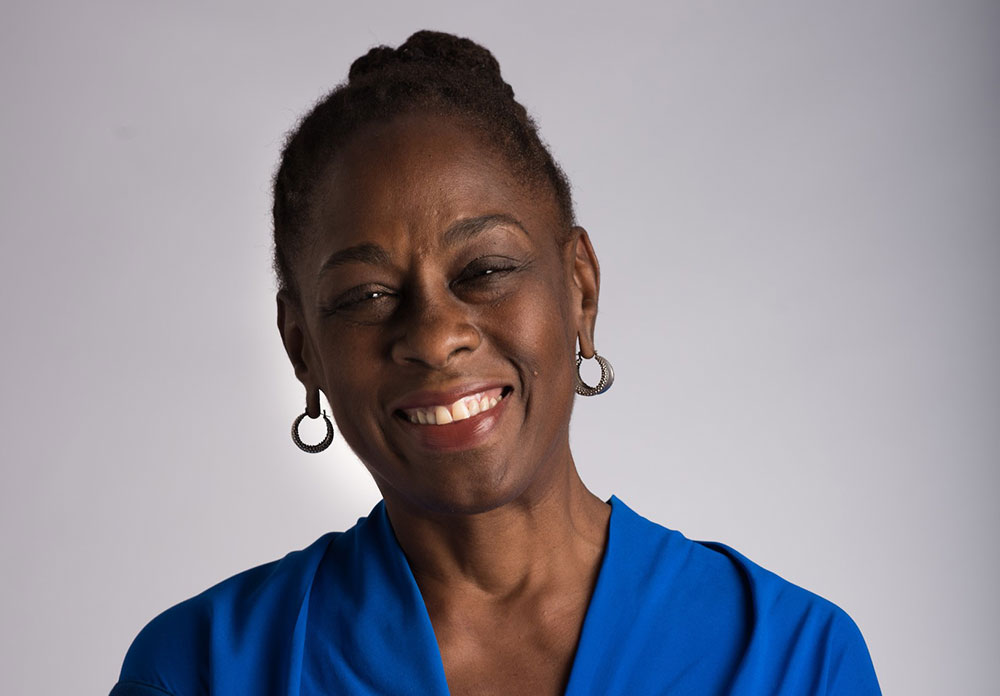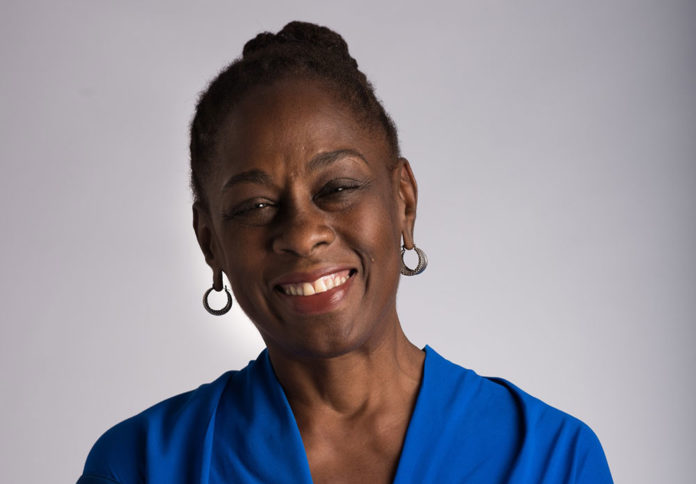On March 13, New York City Mayor Bill de Blasio and First Lady Chirlane McCray launched HealingNYC, a new effort against the opioid crisis that aims to reduce opioid-related overdose deaths by 35 percent through the next five years.
Last year, more than 1,000 deadly overdoses were associated with opioids — a 300 percent increase since 2015. More than 90 percent involved heroin or fentanyl, and 18 percent were caused by prescriptions painkillers containing opioids.
Since opioid overdoses killed more New Yorkers between 2015 and 2016 than ever before and accounted for more deaths in New York City than homicides and vehicle accidents combined, the first goal of HealingNYC is overdose prevention.
“We have this tradition of thinking that people should be strong, disciplined and have the power to control their minds and their bodies at all times,” McCray said. “Addiction has not been recognized as a disease, just like asthma or diabetes because it has this invisible component, but it is very much a disease. The lack of understanding contributes to the stigma. People just don’t get it. Anything that we don’t get, we are afraid of, and we tend to punish people for or demean it. So, raising awareness is very much a part of HealingNYC.”
Besides aiming to prevent opioid overdose deaths, HealingNYC also looks to prevent opioid misuse and addiction; connect New Yorkers to effective treatment; and reduce the supply of opioids. The City will strive to meet these four goals by investing $38 million annually toward the implementation of 12 strategies throughout the next five years:
- Disburse 100,000 naloxone kits throughout the City.
- Invest in early interventions for to prevent opioid misuse and addiction among teens.
- Inform residents about treatment for opioid addiction and misuse.
- Join up to five high-risk communities with targeted prevention information and care.
- Teach clinicians about overprescribing.
- Increase crisis intervention services for non-fatal overdoses.
- Expand availability to medication-assisted treatment (MAT) for addiction for 20,000 additional residents by 2022.
- Turn NYC Health and Hospital system, into a system of excellence that provides increased, effective treatment services for opioid addiction.
- Focus on treatment and broaden resources available to those in the criminal justice system.
- Utilize data to target outreach and take action.
- Expand NYPD’s enforcement against dealers of opioids that cause overdose deaths.
- Expand NYPD’s capacity to disrupt the trafficking of opioids into New York City.
“The elements of this initiative that are most important to me are the elements that make people aware that this is really an epidemic,” McCray said. “Because it is something that people don’t talk about very much and also may be in denial about because of the stigma associated with it. I want people to know that this issue is very much with us and is hurting our citizens. There are tools and resources to prevent overdose deaths and to protect those who are at risk of addiction or at risk of overdosing. It’s an ambitious program, but we believe we have the collective responsibility to help our citizens who are struggling.”
Thriving and Healing the stigma
Over the course of her life, McCray had loved ones struggle with alcoholism, anxiety, depression, and other untreated conditions. Thus, when she became the First Lady, she was determined to do everything in her power to create a mental health system for all New Yorkers, which led to the launch of ThriveNYC in November of 2015.
ThriveNYC is a program that has been acclaimed as the most inclusive mental health plan in the country and has changed the ways in which government, and organizations associated with the government, deliver mental health care services.
“Addressing substance misuse and the opioid epidemic is very much a part of Thrive. HealingNYC is really an expansion of the efforts that we were already making — because of fentanyl, largely — to provide additional resources to spread the word about overdose warning signs, educate clinicians on how to prescribe opioid pain relievers judiciously, and of course, help lift that stigma that keeps so many people from seeking treatment,” McCray said, referring to numbers that show that one in seven Americans struggle with a substance use disorder, but only about 10 percent receive treatment.

HealingNYC essentially builds on every aspect of ThriveNYC. It urges people to change the culture around substance abuse and mental illness by having open conversations — a tremendously successful goal met by ThriveNYC, which featured a video series campaign with people sharing people sharing personal stories that reached more than four million people.
“We have several ways of getting people to feel more comfortable and open about discussing this. We’re giving them tools. We’re actually holding trainings in community-based organizations in how to use naloxone. We’re making sure people can buy naloxone [without a prescription] from 750 participating pharmacies, but we’re also distributing 100,000 kits citywide, which is a massive expansion. When people gather and learn how to use naloxone on someone who has overdosed, you know, that’s a conversation starter,” McCray laughed.
In addition to implementing hands-on approaches focused on changing how society addresses substance use disorders, HealingNYC will be simplifying ways for people to get assistance where they live, work, learn and/or worship.
“People don’t want to have to travel to a substance abuse clinic or to a hospital in or outside of their neighborhoods. They prefer to go to their primary care doctor, a doctor they are familiar with, or someone they trust to get treatment. So, we want to make sure that doctors have the medication that they need and know how to use them so that people feel comfortable seeking treatment. Keeping people in the community sometimes works and sometimes people want to get out because of the stigma. We are trying to make sure that everyone has access that is convenient and comfortable so that we can get people well.”
Worshiping ways to awareness
In May, New York City will have its second… (continue reading)

















